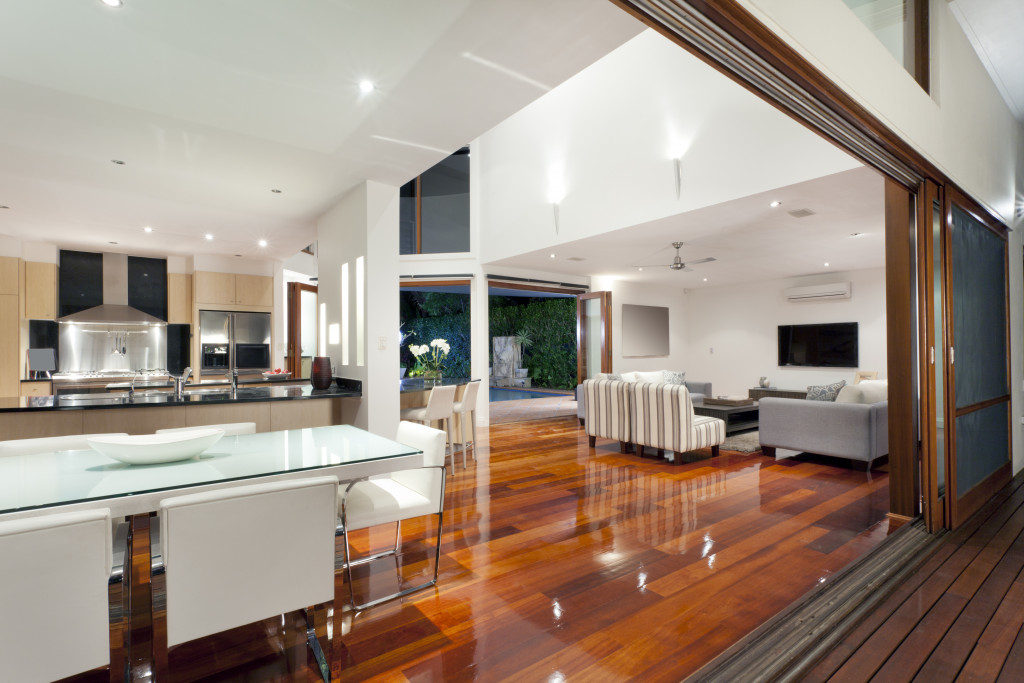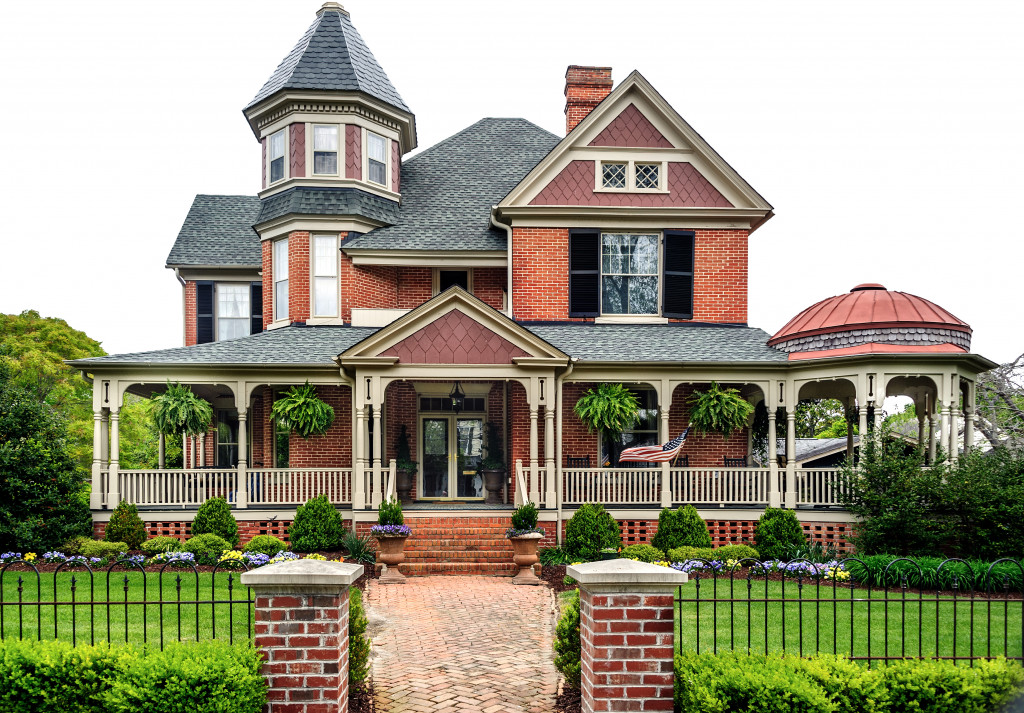Many people who have inherited an ancestral home find themselves in a quandary. On the one hand, they want to modernize the house to be more functional and comfortable. On the other hand, they don’t want to lose the unique character that makes the house special. It is possible to have the best of both worlds, however. With careful planning and execution, it is possible to remodel an ancestral home without losing its character. Here’s how:
Start with a plan
Before you start tearing down walls or ripping up floors, sit down and make a plan. What do you want to accomplish with the remodel? What are your goals? What are your budget constraints? Once you have a good understanding of your goals, you can start to put together a team of contractors who can help you make your vision a reality.
It’s also important to be realistic about what can be achieved within your budget. Don’t try to do too much all at once; it’s often better to take a phased approach, tackling one room or area at a time. And remember, even small changes can make a big difference. Just be careful not to lose sight of the overall goal: to preserve the character of your ancestral home.
Consult the experts
The most important thing you need to do when remodeling an ancestral home is to consult with the experts. Talk to a licensed contractor who has experience working with older homes. They can tell you what changes can be made without compromising the house’s integrity. It would be better if you will consult a full-service design-build architecture firm that way, they will be the ones to fully handle your renovation. Working with a firm will also eliminate the need to coordinate with different contractors, making the entire process much simpler. After all, if you do not have the expertise, it is best to leave it to those who do.
Work with what you’ve got
In many cases, it is possible to work with the existing architecture of the house instead of against it. For example, if you have high ceilings, there’s no need to lower them to create a more cozy atmosphere. Instead, take advantage of the height and use it to your advantage. Install shelves or built-ins higher up on the walls to use that vertical space. Similarly, if you have charming old doors or hardware, try incorporating them into your new design instead of discarding them. This will help to preserve the character of your home.
Don’t be afraid to mix old and new

One of the best ways to preserve the character of an older home is to mix old and new elements. If you’re facing this dilemma with an ancestral home, there are a few things you can do to strike the perfect balance. First, take stock of what original features you want to preserve, like antique light fixtures or hand-carved moldings. Then, decide which elements need to be updated, like drafty windows or outdated plumbing.
Once you have a plan in place, you can start to mix old and new, incorporating Hewn beams and exposed brick into a more contemporary design. The key is respecting the house’s history while making it your own. With careful planning and creativity, you can have the best of both worlds.
Be mindful of proportions
When adding new elements or making changes to existing ones, be mindful of proportion. A good rule of thumb is that if something is too big or too small for the space, it will stick out like a sore thumb and look out of place. The last thing you want is for your lovely old home to end up looking like a cartoon character that’s been stretched out or squished down.
For example, if you’re adding on to the house, be sure that the new additions are in keeping with the overall proportions of the original structure. The same goes for things like windows and doors – make sure they’re in proportion to the size of the house. By being mindful of proportions, you can ensure that your remodeled ancestral home retains its character.
Use quality materials
When selecting materials for your remodel, opt for quality over quantity. It’s better to spend a little more on high-quality materials that will last for years than it is to skimp on cheaper materials that will need to be replaced sooner rather than later. Not only will this save you money in the long run, but it will also add an air of sophistication and refinement to your finished product.
The bottom line
With careful planning and execution, it is possible to successfully remodel an ancestral home without losing its character. By working with what you’ve got, being mindful of proportions, and using quality materials, you can create a finished product that honors the past while still being relevant for today’s lifestyles.
